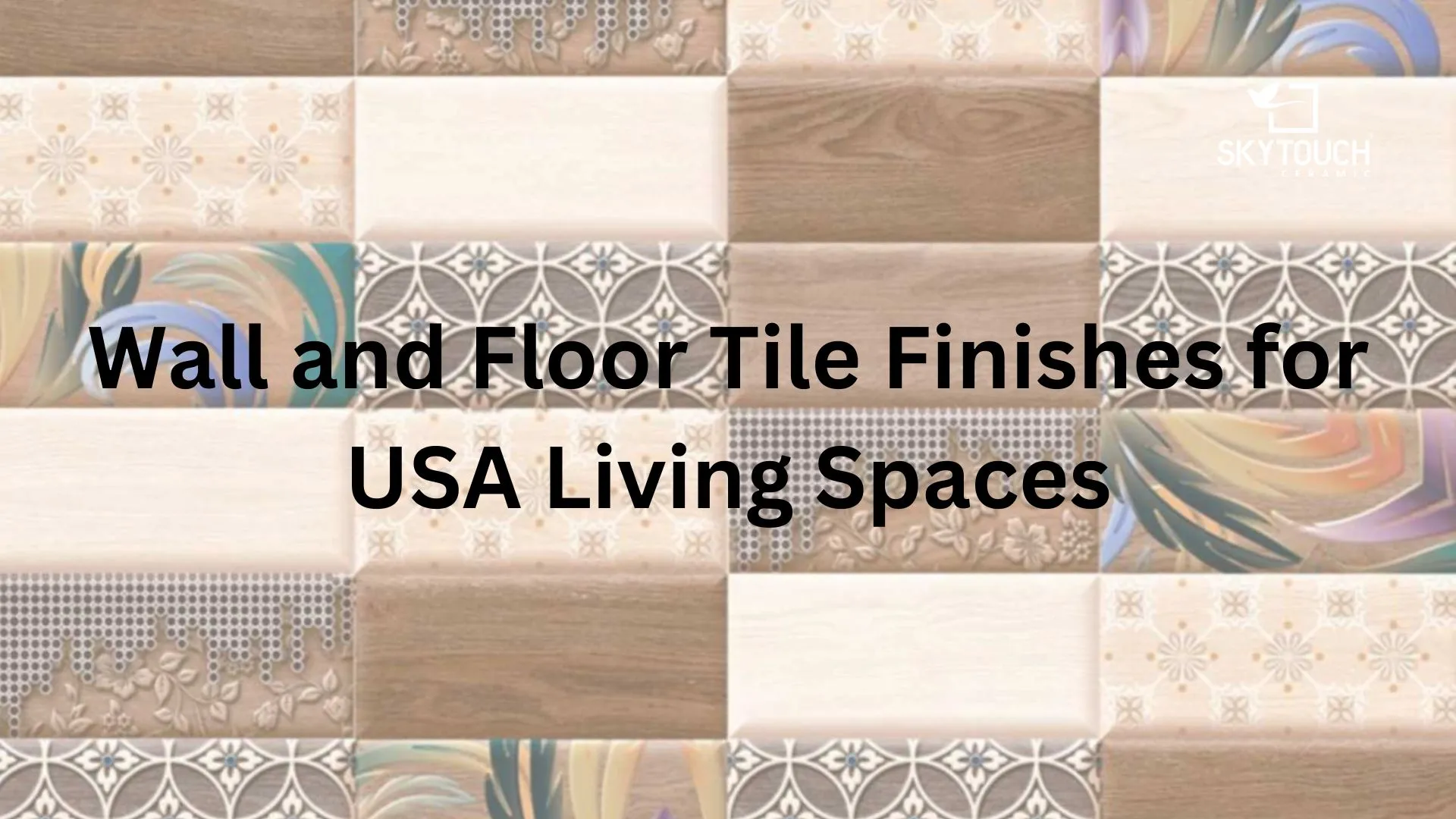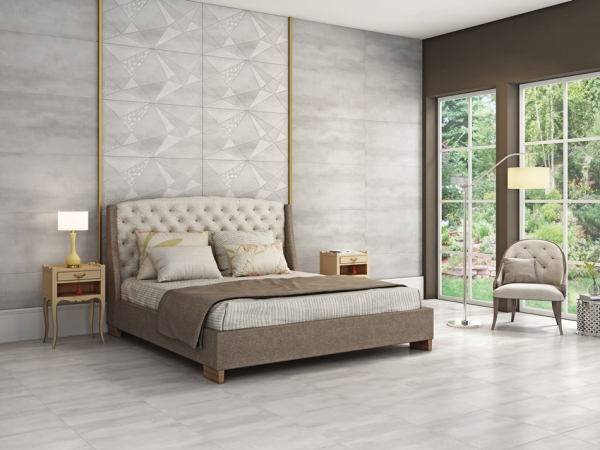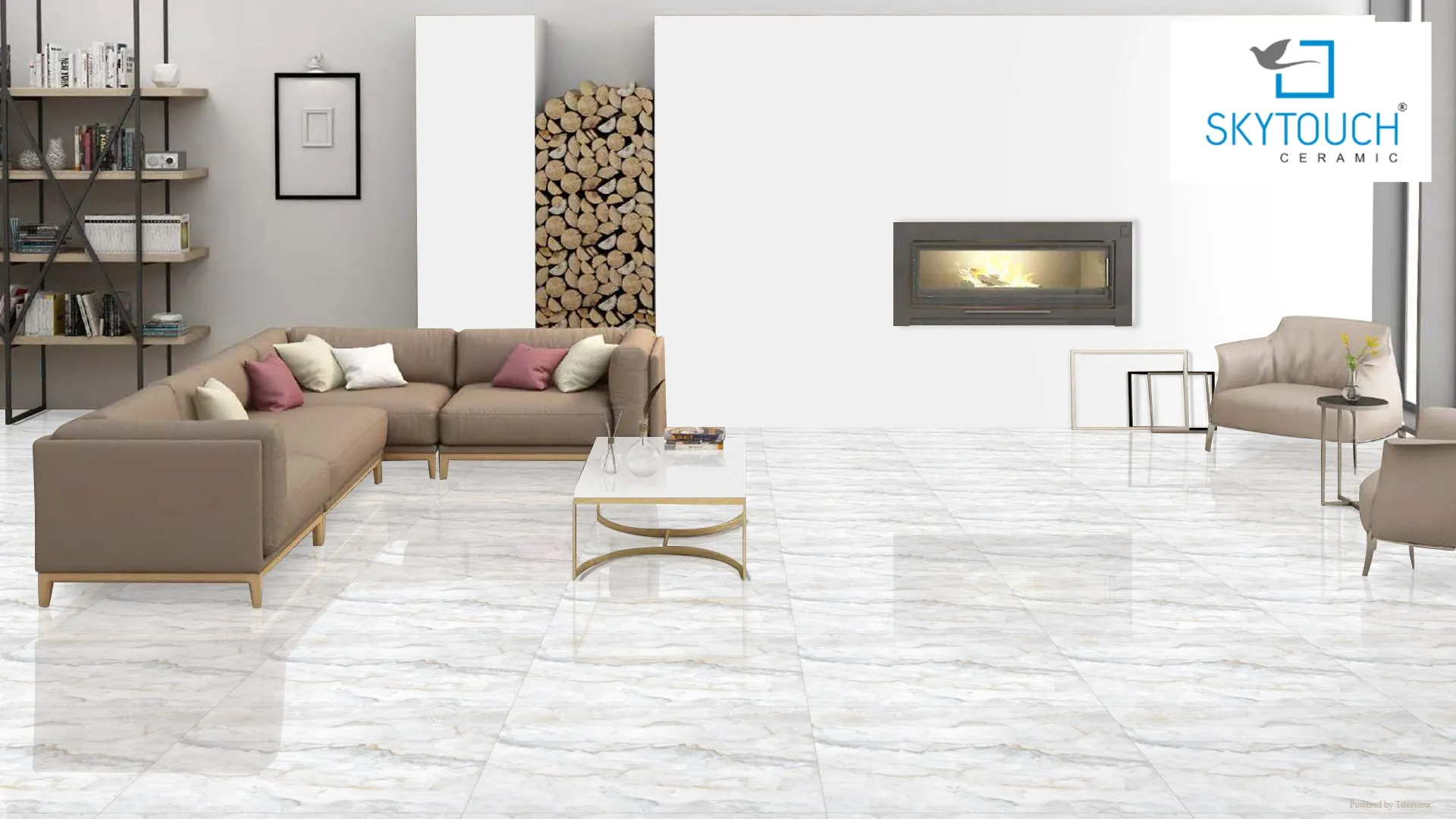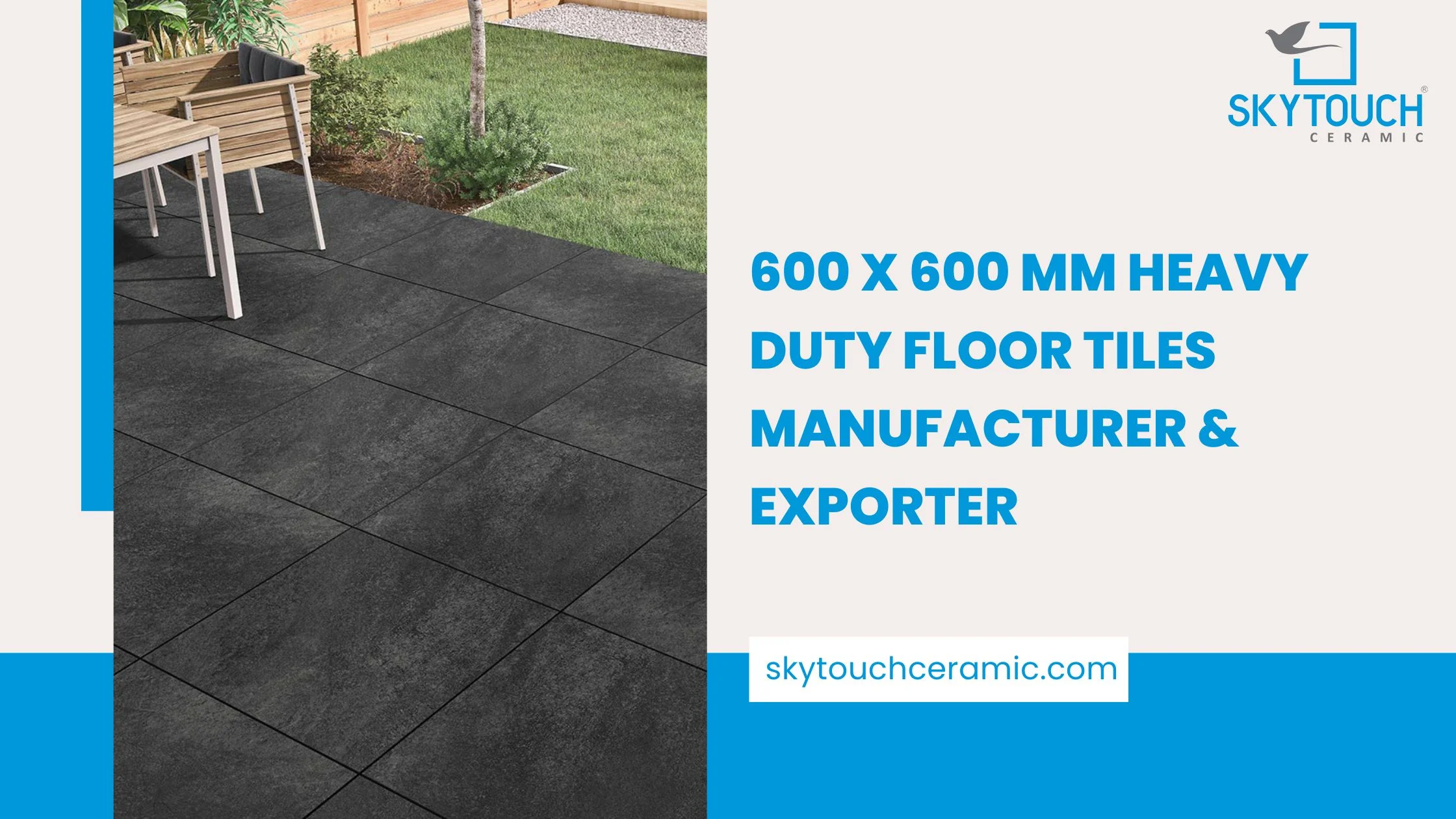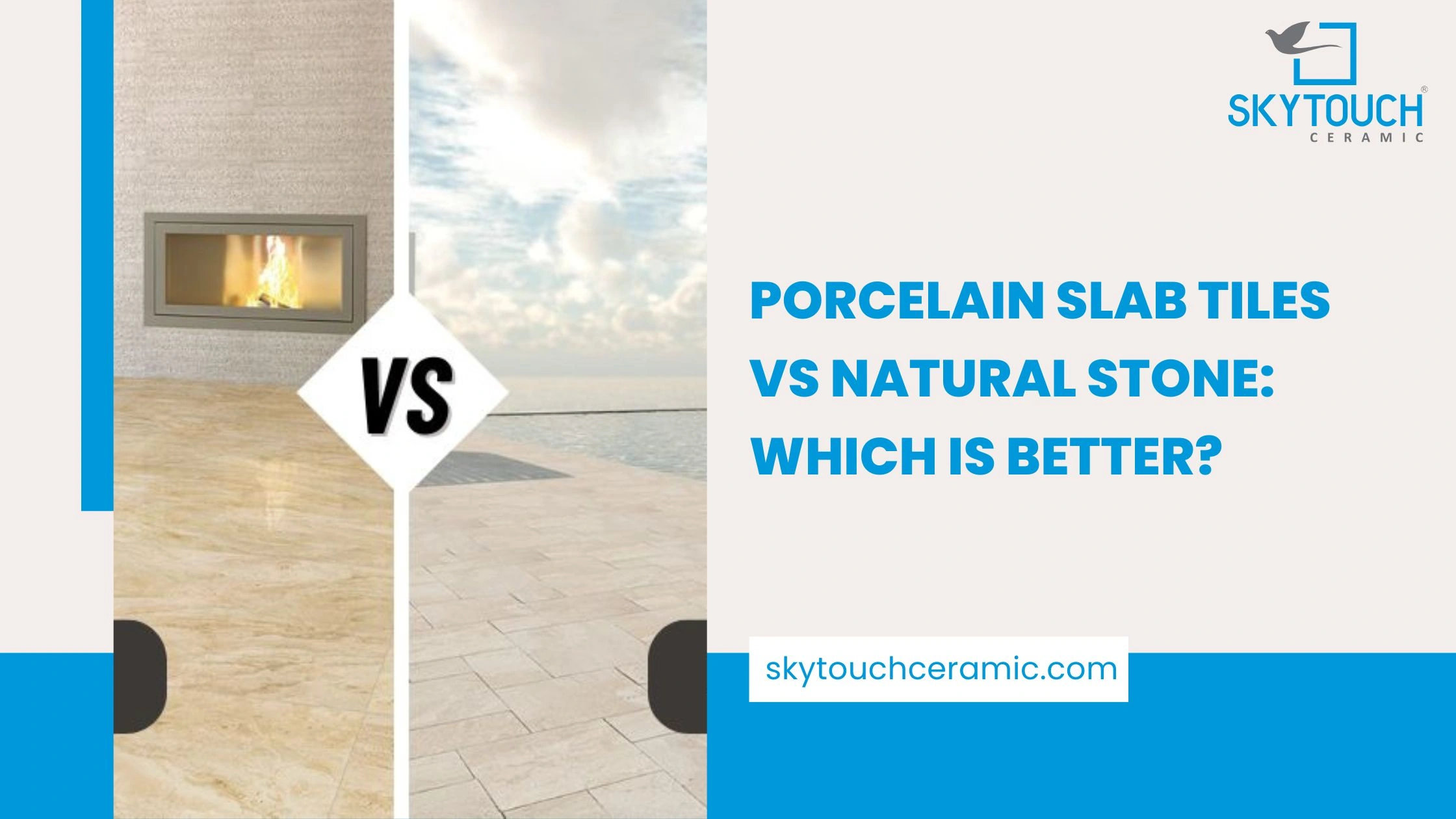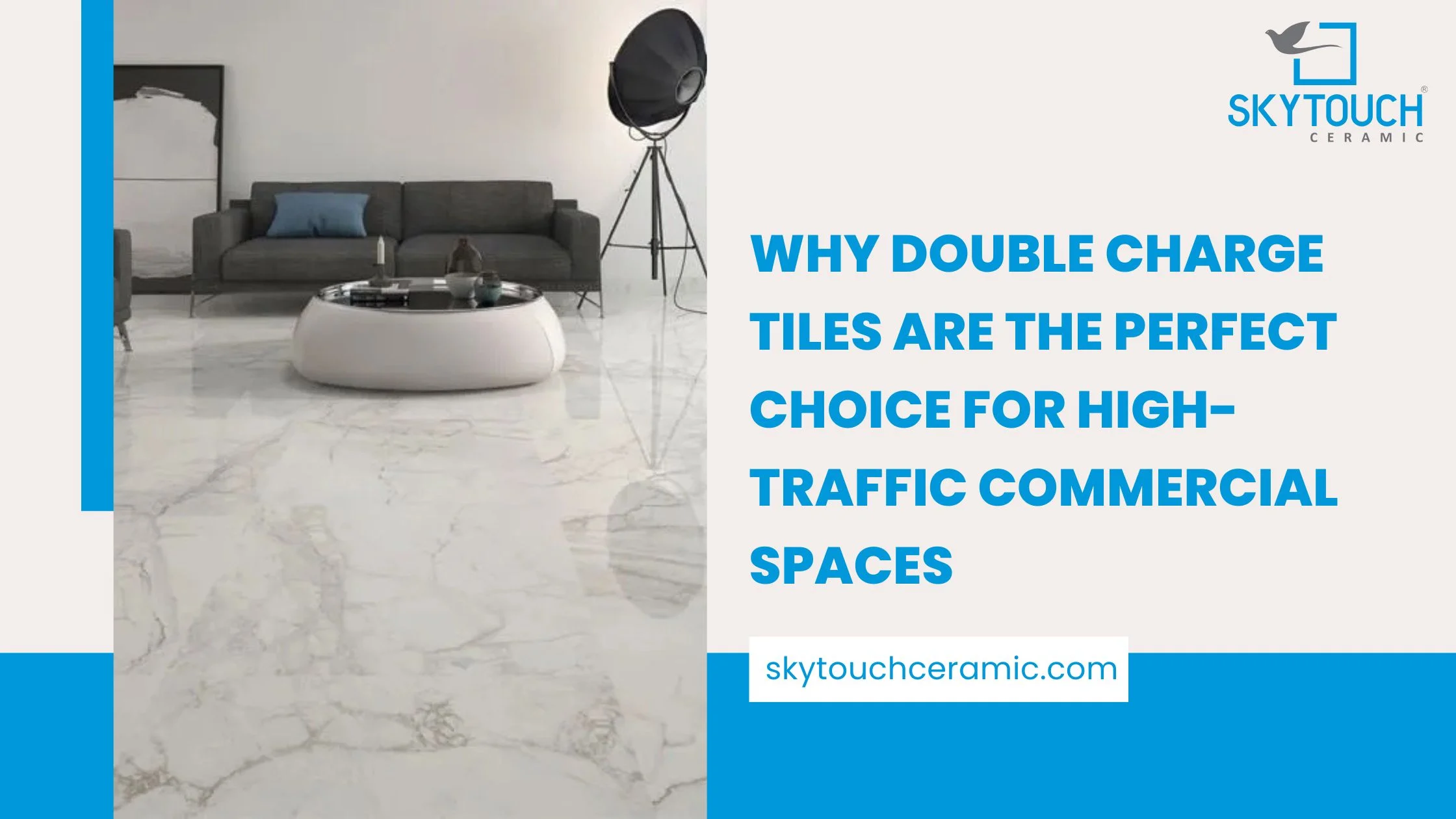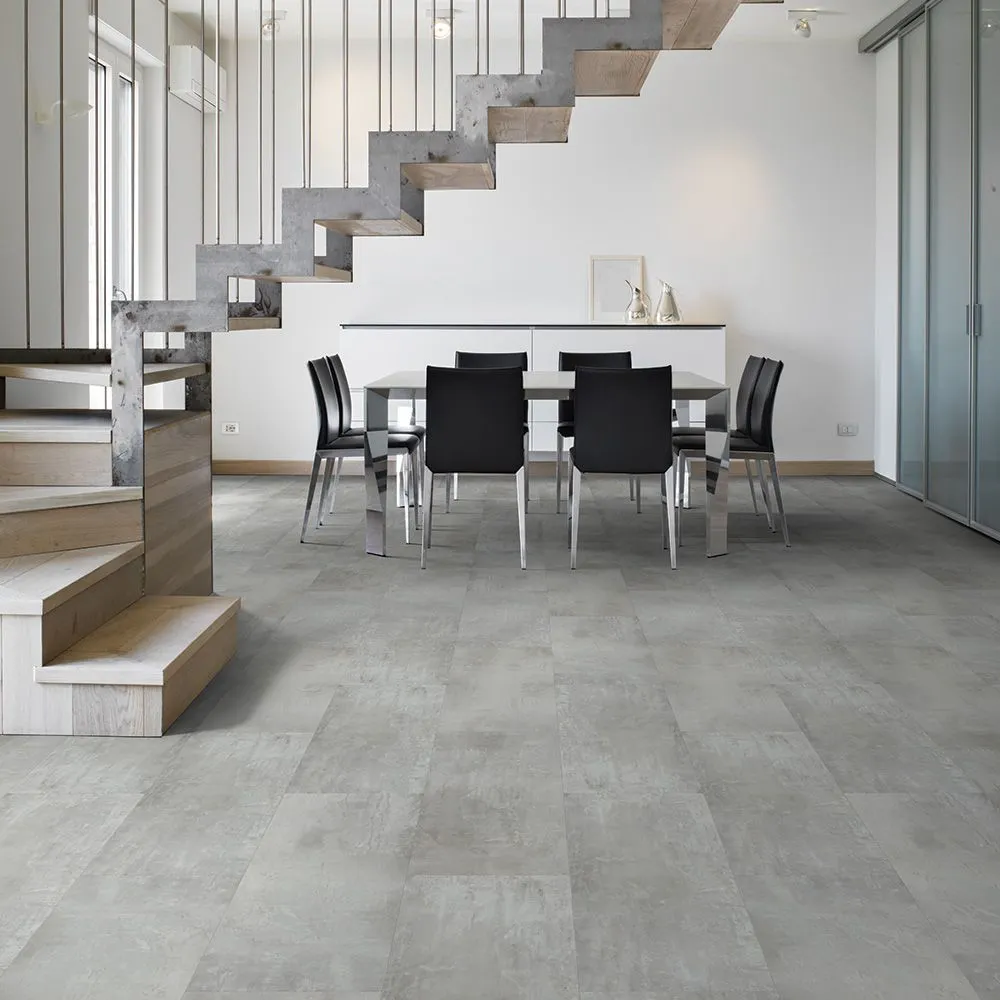Hey there homeowner! Looking to upgrade your floors or walls with some stylish new tile? You've come to the right place. In this article we'll walk through the hottest tile trends popping up in living spaces across America.
From practical porcelain to glitzy glass mosaic, you'll get the inside scoop on materials, shapes, colors and designs that'll give your home a fresh new look without breaking the bank. We'll also share pro tips for choosing the right tile for each space based on traffic, moisture and maintenance.
Get ready to transform your floors, walls, kitchens and baths with on-trend tiles that suit your lifestyle. With the right know-how, you can install an eye-catching tile makeover in a weekend - and we'll provide all the details you need to pull it off. Let's dive in!
Wall and Floor Tiles Collection
Popular Wall Tile Finishes for American Homes
1. Glossy
2. Matte
3. Satin
4. Textured
5. Natural Stone
6. Metallic
7. Wood Look
In home design, the finish on the wall tiles installed determines the character and style of the space. For this reason, a diverse choice of wall tile finishes remains popular in American homes today, providing an exclusive combination of both visual and practical appeal. Whether smooth and glossy or textured for depth and interest, the right tile finish can transform the appearance of any space in your home to open up the room and let light in.
Here, we will investigate the top trendy finishes for wall tiles, each with distinct uses and visual appeal that will help you choose the one fitting best with your design requirements.
• Glossy Finish:
Shiny and reflective, Glossy tiles enhance brightness and make spaces appear larger, ideal for modern and clean designs.
Advantages: Easy to clean, reflects light to make spaces feel larger and brighter.
Common Uses: Kitchens, bathrooms, and accent walls.
• Matte Finish:
With a non-reflective surface, matte tiles offer a subtle, sophisticated look that hides smudges and water spots, perfect for a contemporary feel.
Advantages: Offers a subtle, sophisticated look; less prone to showing smudges and water spots.
Common Uses: Living rooms, bedrooms, and large wall areas.
• Satin Finish:
Offering a slight sheen, satin finish tiles provide a soft, elegant appearance without being overly reflective, versatile for many rooms.
Advantages: Provides a soft, elegant look without being too reflective.
Common Uses: Versatile for almost any room, particularly popular in bathrooms and kitchens.
• Textured Finish:
Featuring raised or embossed patterns, textured tiles add depth and visual interest, often mimicking natural materials like stone or wood.
Advantages: Adds depth and interest to walls; can mimic natural materials like stone or wood.
Common Uses: Feature walls, backsplashes, and outdoor areas.
• Natural Stone Finish:
Unique and luxurious, natural stone tiles like marble, granite, and slate bring an organic, timeless appeal to any space.
Advantages: Each tile is unique, offering a luxurious and timeless appeal.
Common Uses: Bathrooms, kitchens, and entryways.
• Metallic Finish:
Tiles with a metallic sheen in shades like silver, gold, and bronze add a modern, industrial touch and enhance light reflection.
Advantages: Adds a modern, industrial touch and reflects light for a luminous effect.
Common Uses: Accent walls, modern kitchens, and bathrooms.
• Wood-look Finish:
Ceramic or porcelain tiles that mimic wood, combining the warmth and texture of wood with the durability and maintenance ease of tile.
Advantages: Combines the warmth of wood with the durability of tile.
Common Uses: Living rooms, bathrooms, and feature walls.
These finishes reflect current trends in interior design, emphasizing both aesthetics and practicality. Homeowners often choose finishes based on the specific needs of their space, such as the desired look, ease of maintenance, and overall design theme.
Trending Floor Tile Options for USA Living Spaces
If you're looking to update your flooring, tile is always a stylish choice. Tile floors are durable, low-maintenance, and available in a range of prices. Here are some of the most popular options for residential spaces right now.
• Ceramic tiles
Ceramic tiles are a popular, budget-friendly option for homeowners. They come in a variety of styles, colors, and sizes to suit any decor. Ceramic tiles are durable, water-resistant, and easy to clean, making them ideal for bathrooms and kitchens. However, they can chip or crack more easily than other tiles.
• Porcelain tile
Porcelain tiles are made from denser clay than ceramic tiles, so they tend to be more durable and stain-resistant. They mimic the look of natural stone at a lower cost. Porcelain tiles are suitable for high-traffic, high-moisture areas like bathrooms, kitchens, and entryways. Although porcelain tiles are more impact-resistant than ceramic tiles, they can still chip if subjected to heavy blows.
• Natural stone
For those wanting an ultra-luxurious look, natural stone tiles like marble, granite, slate and travertine are stunning options. Each piece of stone is unique, with beautiful color variations and patterns. Stone tiles are very durable but tend to be more porous and require sealing to prevent stains. They also tend to be the most expensive tile option.
• Concrete-look tile
The industrial chic look of concrete is on-trend, but concrete floors can be cold, hard, and difficult to maintain. Concrete-look tile provides the same stylish, modern aesthetic with the durability and easy care of tile. Concrete-look tile comes in large formats that create a seamless, poured appearance suitable for open-concept spaces.
With so many styles, sizes, and price points available, tile flooring has something for every design and budget. Whether you want to make a bold statement or just subtly enhance your space, tile is a flooring choice you'll love for years to come.
FAQs on Choosing the Best Tiles for Your Home
1. How do I determine the tile style I want?
The tile you choose depends a lot on the look and style you want to achieve. Do you prefer a rustic, natural stone appearance or a sleek, modern look? Ceramic and porcelain tiles come in a variety of styles from stone and wood looks to geometric and patterned. Look through design websites and home magazines to determine the style that fits your home’s decor.
2. What sizes and shapes should I consider while buying tiles?
Tile sizes and shapes also contribute to the overall style. Large format tiles, like 12 by 24 inches or bigger, create a seamless, contemporary look. Smaller tiles, like 4 by 4 inches, have a more traditional feel. You can also choose from standard squares, rectangular subway tiles, hexagons, and penny rounds. Consider mixing sizes and shapes for extra character.
3. How durable and stain-resistant do the tiles need to be?
Tile durability and stain resistance are important depending on where the tiles will be installed. For high-traffic, spill-prone areas like kitchens and bathrooms, choose ceramic or porcelain tiles which are very durable and stain-resistant. Natural stone tiles require sealing to prevent stains but can still be etched by acid spills. For light-use areas like living rooms, any type of tile will work fine.
Conclusion
You've got a lot of options when it comes to picking out tiles for your walls and floors. From natural stone and ceramic to porcelain and glass, there are so many materials, colors, shapes, and sizes to choose from. Just take your time, get samples and lay them out to see how they look. Think about which rooms need more durable tiles, like kitchens and baths.
Consider your lifestyle too - do you need something slip-resistant or easy to clean and maintain? Get creative with patterns and accents. Mixing materials can really make your space pop. And don't stress too much - you can always change it up down the road. The right tile can completely transform the look and feel of your home. Have fun playing around to find your perfect match!

